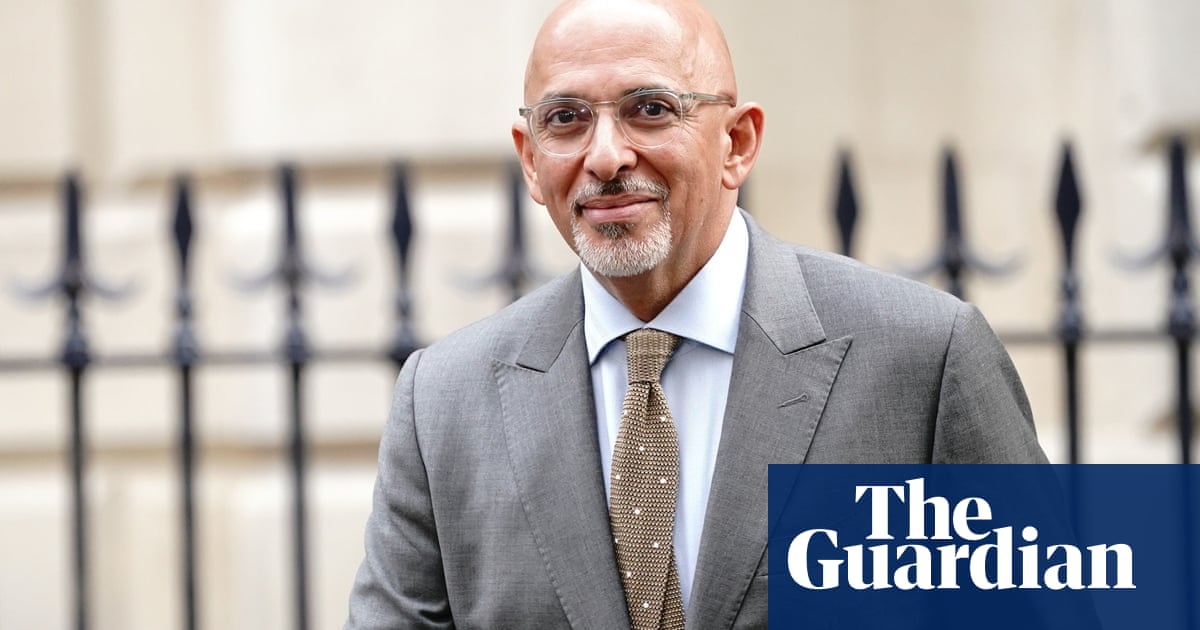
As the hands of a clock turn, so, every few years, will there be a set of headlines condemning the Government Art Collection. So it is now: the Mirror has whipped up a small storm of protest over the fact that an artwork by Willie Doherty (price, £18,775) has gone on display in No 10, Downing Street. So has another by Cathy Wilkes (price, £70,200). Both works were acquired by the Government Art Collection. The Mirror has placed these works, by implication, in the category of the Johnsons’ “corrupt curtains” – the red-hot issue of soft furnishings for the family’s apartment at No 10 that somehow seems to threaten the prime minister more severely than, say, the brute fact of 125,000 deaths from Covid-19. “Nearly £100,000 spent on Downing St paintings as Boris Johnson prepares to slash benefits,” runs the headline.
Let’s straighten a few things out. First, any good government should be spending money on benefits and culture. Setting them in opposition is disingenuous and unfair. But to turn specifically to the Government Art Collection: the body is run by a director and a set of curators, independent of party-political allegiance. It cares for a collection of around 14,500 works of both historic and contemporary art. Acquisitions are regularly made, not according to the whim of a politician or their spouse, but with the help of an expert panel that includes the directors of Tate Britain and the National Portrait Gallery in London. A number of works were acquired to mark the centenary of Northern Ireland this year; both Wilkes and Doherty were born there (Wilkes is now based in Glasgow, Doherty in Donegal).
Most of the Government Art Collection’s funding comes from the public purse; some derives from philanthropic sources. Much of the work is held in storage – it has no permanent public display space – which may account for the perennial sense of slight mystery hanging over the collection. (No one, either, could accuse the collection of being especially effective at communicating its role and purpose.) It regularly lends to exhibitions: at the moment you can some of its works at the Towner, Eastbourne, the Hepworth, Wakefield, and the Whitechapel Gallery, London. One of its jobs is to place artworks in embassies overseas, as well as in government buildings in the UK. This includes Downing Street and government departments, including ministerial offices, whose incumbents can choose what they would like to see as they burrow through the contents of their red boxes. This traditionally provides an intriguing glance into individual politicians’ souls. Ken Clarke had paintings of Elizabeth I and Lord Burghley; Matt Hancock had a truly horrible Damien Hirst of the Queen. Former arts minister Ed Vaizey had a Michael Landy drawing called Compulsory Obsolescence, which at least showed some wit and foresight. It is traditional for artists to be horrified when they discover their work is actually liked by some despised government minister.
Artworks from the collection are displayed in official rooms where meetings are held and visitors are greeted. They are not hung in private apartments at No 10 or No 11. According to a No 10 spokesperson, the Johnsons and their household had nothing to do with choosing or placing these works. This is not difficult to believe. No 10 Downing Street is a big, rambling place, and there are artworks everywhere – lining stairs and corridors, and adorning the walls of the grand reception rooms. Frankly I doubt whether Boris Johnson has ever given the Doherty and the Wilkes a second thought. If indeed he’s even noticed them.
But he should. The untitled abstract painting by Cathy Wilkes is, like much of her work, quiet, inward, vulnerable-seeming. When she represented Great Britain at the Venice Biennale in 2019, she created a series of installations that resonated with a sense of mourning – a tomblike object dominated the first room, with tiny, delicate objects placed around it like offerings. For an exhibition at the Tramway, Glasgow, in 2014, she grouped figures uncertainly, perhaps even abjectly, beside odd little household objects; the effect was theatrical and somewhat ghostly, and though the artist ascribed no single meaning to the arrangements, at the time visitors were reminded of refugees, the displaced and terrorised, as they fled the Syrian war.
Willie Doherty, nominated for the Turner prize in 1994 and 2003, is similarly a major figure, working mostly in film and photography. His work in No 10 is a set of photographs of foliage and sharp shadows titled Ashen, Restless. As a kid, Doherty looked out of a bedroom window in his family home and saw Bloody Sunday happening before his eyes. Much of his work deals with historical memory and historical amnesia, the ineradicable nature of past wrongs, the imminence of violence. It is steeped in the horrors of what happened in Northern Ireland during his lifetime and before: the kneecappings and the disappearances of bodies into bogs, the burning cars. There was a time when some critics thought Doherty should move on from thinking about the Troubles. That would be a difficult position to hold now. In 2019, he made a work called Between, for which he photographed the roads between Derry and Donegal as they cross the border between Northern Ireland and the Republic. It would be an instructive work to show in Downing Street. So too, perhaps, a certain 2020 text work of his I keep thinking about. It’s titled Labyrinth of Lies.











